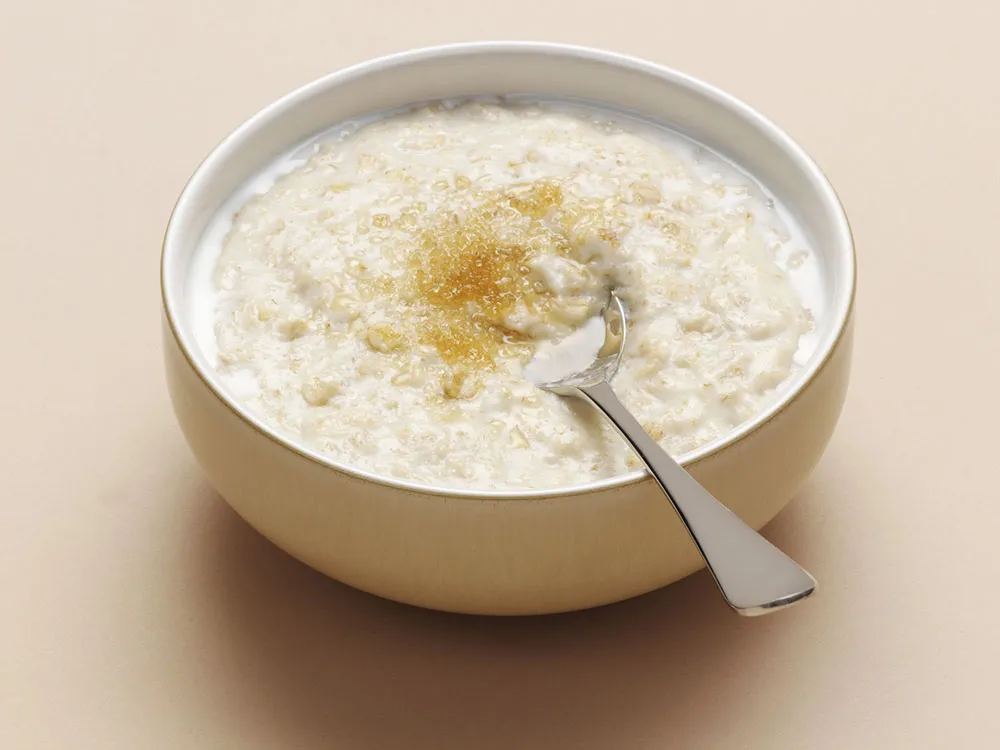
| Glycemic Index | Glycemic Load |
35
|
7.3
|
The glycemic index (GI) of quinoa equals to 35, which classifies it as a low GI food. The glycemic load (GL) of quinoa is equal to 7.3, which classifies it as a low GL food.
| Nutrition Facts | |
| Calories (kcal) | 120 |
| Carbohydrates (g) | 21 |
| Proteins (g) | 4.4 |
| Fats (g) | 1.9 |
100 grams of quinoa (cooked) contain 120 kcal (502 kJ), 4.4 grams of proteins, 21.0 grams of carbohydrates, and 1.9 grams of fats.
Quinoa is a nutritious grain that has gained popularity in recent years due to its high protein and fiber content. It is a versatile and easy-to-prepare grain that can be used in a variety of dishes, making it a great addition to any diet.
Quinoa Nutrition Facts:
One cup (185 grams) of cooked quinoa contains:
- Calories: 222
- Carbohydrates: 39 grams
- Fiber: 5 grams
- Protein: 8 grams
- Fat: 4 grams
- Vitamin B6: 10% of the daily value (DV)
- Magnesium: 30% of the DV
- Iron: 15% of the DV
- Zinc: 13% of the DV
- Potassium: 9% of the DV
Quinoa Health Benefits:
- High in Protein: Quinoa is one of the few plant-based foods that is a complete protein, containing all nine essential amino acids. This makes it an excellent source of protein for vegetarians and vegans.
- Gluten-Free: Quinoa is naturally gluten-free, making it a great alternative to wheat, barley, and other gluten-containing grains for those with celiac disease or gluten sensitivity.
- High in Fiber: Quinoa is high in fiber, which can help promote satiety, reduce the risk of constipation, and improve gut health.
- Rich in Antioxidants: Quinoa contains a variety of antioxidants, including quercetin and kaempferol, which can help reduce inflammation and lower the risk of chronic diseases.
- Low Glycemic Index: Quinoa has a low glycemic index, meaning it can help regulate blood sugar levels and may be beneficial for those with diabetes.
Quinoa Drawbacks:
- High in Phytic Acid: Quinoa contains phytic acid, which can bind to minerals such as iron, zinc, and calcium and prevent their absorption. Soaking or sprouting quinoa can reduce phytic acid levels and improve mineral absorption.
- Potential Allergies: While rare, some people may be allergic to quinoa, which can cause symptoms such as hives, itching, and difficulty breathing.
- High in Calories: While quinoa is nutritious, it is also relatively high in calories compared to other grains. It is important to consume quinoa in moderation as part of a balanced diet.
Quinoa Tips for Consuming Quinoa:
- Rinse before Cooking: Before cooking quinoa, it is important to rinse it thoroughly to remove any residual saponins, which can give it a bitter taste.
- Use in a Variety of Dishes: Quinoa is versatile and can be used in a variety of dishes, including salads, soups, and as a substitute for rice or pasta.
- Store Properly: To maintain freshness, store quinoa in an airtight container in a cool, dry place.
- Combine with Other Nutritious Foods: To boost the nutrient content of your meal, combine quinoa with other nutrient-dense foods, such as vegetables, nuts, and seeds.
In conclusion, quinoa is a nutritious grain that is rich in protein, fiber, and antioxidants. Its gluten-free nature and low glycemic index make it a great alternative to wheat and other grains for those with celiac disease or diabetes. However, it is important to consume quinoa in moderation as it is relatively high in calories, and to be aware of any potential allergies or drawbacks such as high phytic acid levels.


